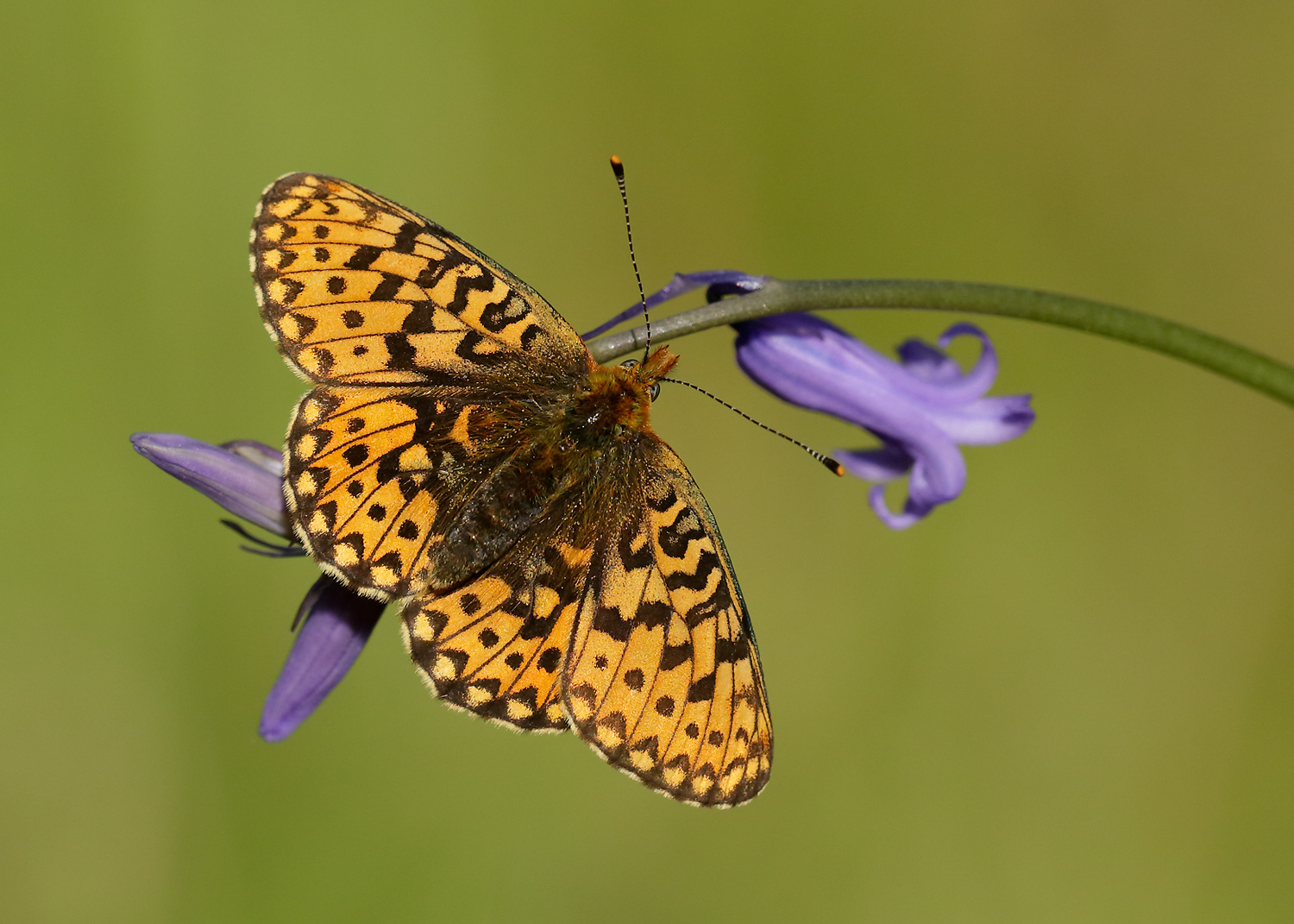BC is one of the largest collectors and holders of biological data in the UK, running world renowned recording and monitoring schemes on butterflies and moths that collectively total in excess of 40 million records by over 70,000 recorders.
Recently, we have made steps to ensure that technical analysis of this data can be completed in-house to help build upon our capacity to undertake conservation science.
The arrival of Dr Emily Dennis as Senior Ecological Statistician has enabled in-house capability for routine, timely and efficient reporting of trends in butterfly and moth abundance and distribution over different spatial scales, from sites through to landscape and countries.

Emily’s PhD study (supervised by Professor Byron Morgan at the University of Kent), on the development of statistical methods for modelling the abundance of butterflies and other insects, not only had practical applications in developing new analysis methods adopted in the UK Butterfly Monitoring Scheme (UKBMS), but from a scientific perspective has brought the methods to a wider audience through a series of papers published in the following journals: Journal of Agricultural, Biological, and Environmental Statistics (JABES)1, Biometrics2, the Journal of Applied Ecology3 and Methods in Ecology and Evolution4. One benefit of the models developed is the estimation of new parameters, for example relating to species’ phenology and the lifespan of adult butterflies, which in future may be used to improve our understanding of the drivers underlying changes in species populations.

Work over the last year has included confirming the scientific value of citizen science data collected through the Big Butterfly Count5. Another significant advancement has been the development of a new ‘classical’ method to model changes in species distributions (occupancy), over time (published in March 2017 in PLOS ONE)6. The method is relatively rapid and efficient to compute without the need for supercomputer facilities, required in alternative Bayesian methods. The method is currently being refined and applied further in testing the development of an indicator for Scottish Moths using National Moth Recording Scheme (NMRS) data, in partnership with Scottish Natural Heritage (SNH) and in compiling moth trends for BCs forthcoming moth atlas. By incorporating relevant spatial variables that describe species distributions, for example land cover and weather data, the method can also be used to produce maps displaying predictions of species’ distributions, along with the associated uncertainty.
The Generalised Abundance Index (GAI) method published in Biometrics2in December 2016 represents a further exciting development, in that the approach enables seasonal count data from multiple sites to be efficiently analysed to compile abundance indices and trends, using all the data collected. The GAI method has been applied in the development of an Urban Butterfly Indicator, published in May 2017 in Ecological Indicators7, with it being one of the journals most downloaded recent papers. For the first time, the UKBMS will use the GAI method to compile species indices and trends in 2018, with the greater speed of calculation, making it practical to estimate the precision (confidence intervals) of results.
Tom Brereton
Head of Monitoring, Butterfly Conservation
References
- Dennis, E.B., Morgan, B.J., Freeman, S.N., Roy, D.B. & Brereton, T. (2016) Dynamic models for longitudinal butterfly data. Journal of Agricultural, Biological, and Environmental Statistics 21: 1-21. https://doi.org/10.1007/s13253-015-0216-3
- Dennis, E.B., Morgan, B.J., Freeman, S.N., Brereton, T.M. & Roy, D.B. (2016) A generalized abundance index for seasonal invertebrates. Biometrics 72: 1305-1314. https://doi.org/10.1111/biom.12506
- Matechou, E., Dennis, E.B., Freeman, S.N. & Brereton, T. (2014) Monitoring abundance and phenology in (multivoltine) butterfly species: a novel mixture model. Journal of Applied Ecology 51: 766-775. https://doi.org/10.1111/1365-2664.12208
- Dennis, E.B., Freeman, S.N., Brereton, T. and Roy, D.B. (2013). Indexing butterfly abundance whilst accounting for missing counts and variability in seasonal pattern. Methods in Ecology and Evolution 4: 637-645 https://doi.org/10.1111/2041-210X.12053
- Dennis, E.B., Morgan, B.J.T., Brereton, T.M., Roy, D.B. & Fox, R. (2017) Using citizen science butterfly counts to predict species population trends. Conservation Biology 31: 1350-1361. https://doi.org/10.1111/cobi.12956
- Dennis, E.B., Morgan, B.J.T., Freeman, S.N., Ridout, M.S., Brereton, T.M., Fox, R., Powney, G.D. & Roy, D.B. (2017) Efficient occupancy model-fitting for extensive citizen-science data. PLoS ONE 12, e0174433. https://doi.org/10.1371/journal.pone.0174433
- Dennis, E.B., Morgan, B.J.T., Roy, D.B. & Brereton, T.M. (2017) Urban indicators for UK butterflies. Ecological Indicators 76: 184-193. https://doi.org/10.1016/j.ecolind.2017.01.009


